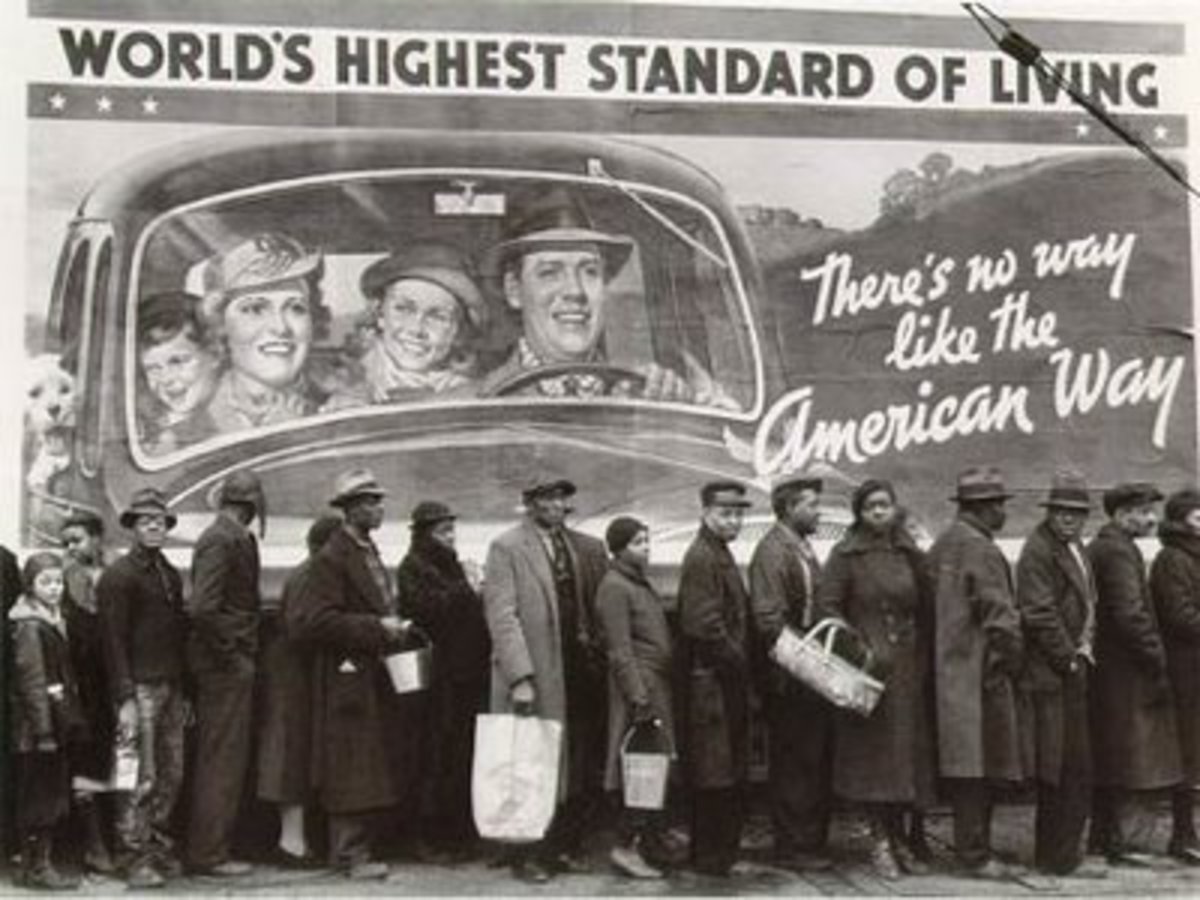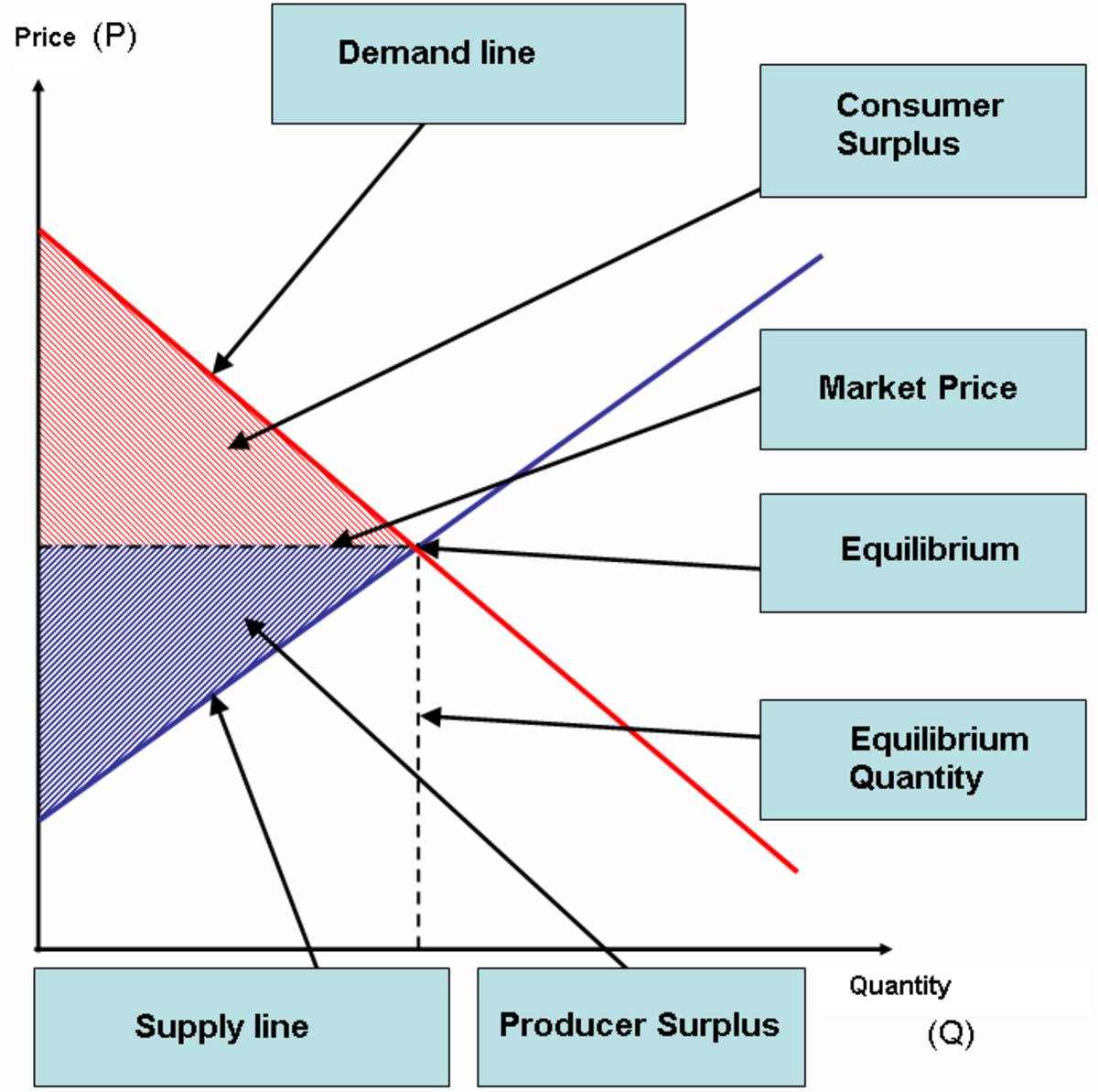Main Street’s Bonanza II: Real Estate & The American Dream

Over the years, the allure of owning real estate, as a passive income investment, meant that it was something tangible (e.g. something that you could be touched.) Coming off the Wall Street internet tech stock bubble burst, investors, indeed, considered real estate to be a touchable conservative investment. What’s real estate? Real estate equals a piece of land/ground with an enclosed structure on it; this normally constitutes structures in which people live, work and play. Nevertheless, real estate can be a place we call home, it could be a place of business or it can be mega-structures that facilitate wide-scale economic interaction in the developed world. Furthermore, as an investment vehicle, you can’t hide real estate; therefore, the government has always encouraged it as an investment because it can be easily taxed.

Yet, with all its perks and pleasures, at some point, real estate began to signify what’s called the American Dream. What’s the American Dream? The origins of the American Dream can be traced back to the end of World War II, when a relatively small number of people owned cars. You had cities built to accommodate it patrons through the means of transportation; which meant people did more walking back then. This had to be the case because every thing was in the general periphery of ones place of residence: stores, professional offices, schools, etc—the walking distances were relatively short.
The places we now call suburbs were used mainly as small towns, villages and agrarian areas. But after the end of World War II, all to this began to change: despite the many perks that came along with city living, many patrons began to find urban settings a bit on the unpleasant side for raising a growing family. It was at this particular juncture, you began to see some deterioration in cities: housing blight, sewage problems, industrial and noise pollutions, etc. This was the beginnings of the American Dream as we know it: Americans started buying into the economic credo that, “owning a piece of land, meant owning a piece of America.” This piece of land also represented something tangible that they could call their own.

Also, because of the high demand for consumer goods, following WWII, abundant building material became much easier to build structures. Another key factor within the equation was the creation and mass production of the automobile. With increased car ownership, people were no longer limited to the periphery of the city. They could branch out of their constricted city apartments thus into a home of their own. The desire for this “home of their own” and the proverbial baby boom generation that grew out of it, created a demand for housing that for exceeded the existing supply. Savvy real estate developers began to respond to this housing shortage by buying up large tracts of farm land and building the now ubiquitous suburbs we know today.
All that was needed now to put the U.S. housing sector in place was the necessary monies to get these structures built. Alas, the major catalyst for the American Dream could be, mainly, attributed to the government. Through its creation of the Federal Housing Administration (FHA) and the Veterans Administration (VA), commercial banks, with the help of these government backed organizations, created a financial situation that made many Americans begin to ponder the question of, “whether or not it was better to own a home versus renting an apartment?” What’s better owning or renting? In classical economic theory, it always depended on the price: if the cost/benefits of owning, rather than renting, exceeded the cost/benefits of renting, rather than owning, than, economically speaking, it made more sense to own a home. For example, if a person could have a monthly note much lower than his present rent payment, holding many things constant, they’d be committing a major financial folly if they didn’t gravitate towards home ownership. The folly would be in the pretext of not using real estate to amass personal wealth.

For over thirty years, the American public has been told that if you want to amass wealth, then a safe vehicle to make it happen would be real estate. Whether buying long term arable land, income-producing investment properties or speculating for the short sale, real estate as an investment became a natural alternative to the volatility of the stock market created on Wall Street. The real estate bubble of the early 2000s was created by this very same premise: the needs and wants of an indoctrinated American public to accumulate wealth through something they became, overtime, zestfully familiar with. According to Nicholas Masters of the book, How To Make Money In Commercial Real Estate For The Small Investor, real estate became a great investment for the following reasons:
- It is not subject to daily price fluctuations as are stocks thus there is less temptation to sell prematurely.
- Making a real estate investment requires patience and a commitment to the study of the real estate market. Once a piece of real estate has been purchased, it takes time to sell again, meaning it is less liquid. This encourages the investor to hold on for the long run
- The normal cash flow of an investment in real estate, other than land, approximates 6 to 10 percent per year. You also get amortization (paydown) of loans and some tax benefits.
- As real estate appreciates and/or an equity buildup is achieved by paying down outstanding mortgages, there is the possibility of refinancing the property. Refinancing of an appreciated property for more than the mortgage would pay off the existing debt and provide cash to the owner. This provides some measure of liquidity.
- Real estate is an excellent hedge against inflation. Real estate values tend to rise more than inflation.
In final, real estate, as an investment and a source of wealth, overtime, became a status symbol for a prudent middle-class American vying to move a few notches up the socio-economic ladder rung. Fact is, if used correctly, as an investment real estate becomes a very powerful wealth building tool. Many Americans have, indeed, mastered the art of buying, selling and leasing real estate. But it could be argued that this art manifested itself in a malevolent manner—as realized in the 2008 economic engine breakdown.








